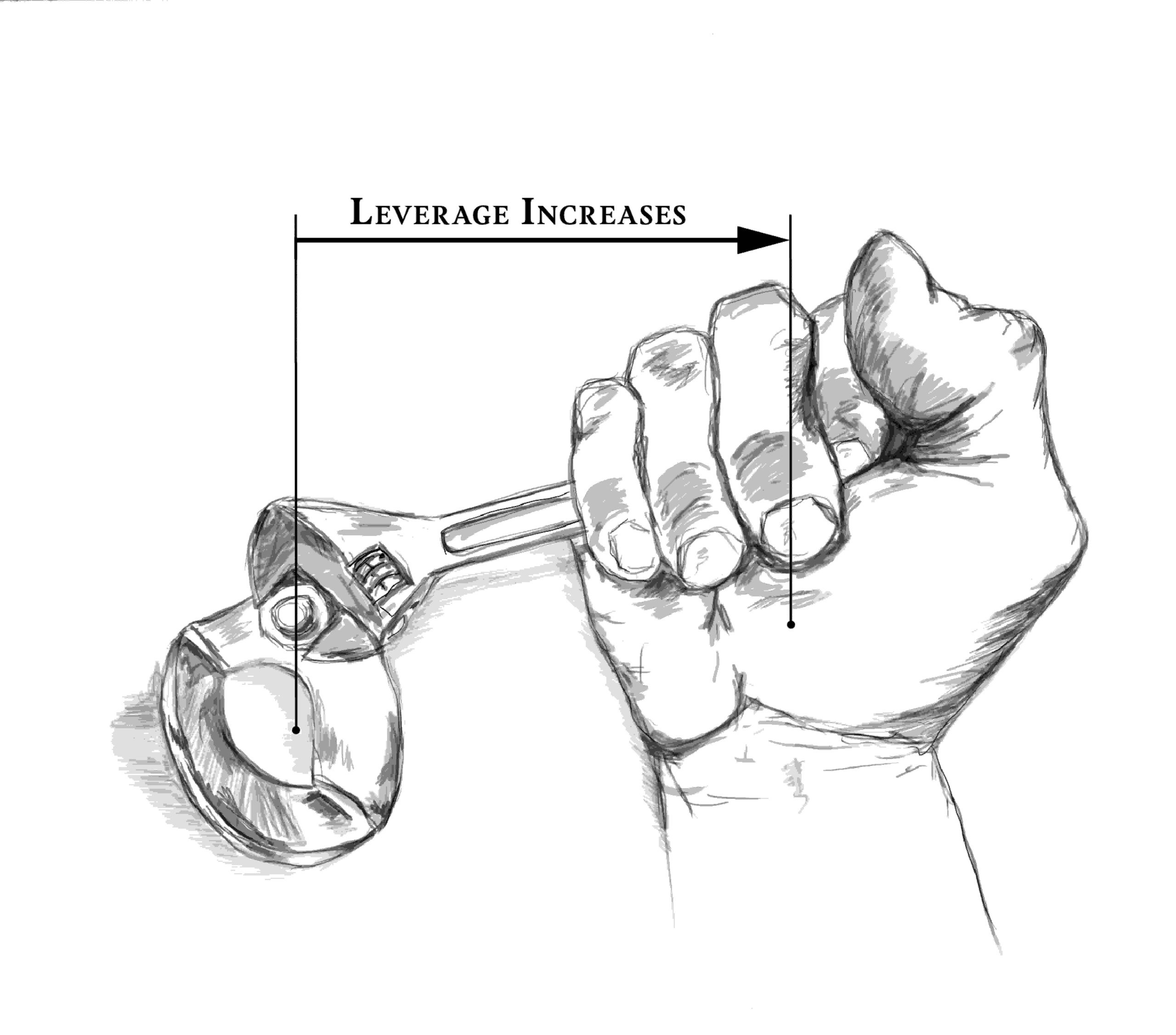
Bodyweight training movements are an important part to a climber’s supplemental training program. Unlike traditional resistance training where external weights provide a known quantity to prescribe workouts, the amplification of gravity plays a more prominent role when training with bodyweight movements. This makes it challenging to track and manipulate the training stimulus because the forces produced by gravity’s amplification are unknown.
An important aspect to improving climbing performance through supplemental training is choosing exercises that transfer well to climbing but don’t degrade climbing performance. After all, if you can make training gains without becoming overly exhausted, you’ll perform better next time you go climbing.
Part of this give-and-take is understanding what forces are at work. What is your body responding to? How do you make workouts progressively more challenging? This is what makes increasing external training weight during subsequent hangboard or weighted pull-up workouts so straightforward. The added weight corresponds to a higher level of performance and thus an improved training response.
For an explanation about gravity’s amplification in layman’s terms, see Training Guide for Climbers, Chapter 4 but for now consider the image above of the hand on the wrench handle. The further the hand is positioned away from the bolt the more the force of the arm is amplified. Another word to describe this phenomenon is leverage. These are the forces at work in most bodyweight-only workouts.
Two popular movements used by climbers, leg lifts and knees-to-elbows, require many repetitions to become fatigued because there’s minimal leverage to overcome when initiating the movement. Instead, stopping a leg lift at its apex and holding it statically makes the effort much more challenging. The point is that holding the static position (called an L-hang) for x-number of seconds is often more challenging than performing the same x-number of leg lift repetitions. The same is true for holding the apex of the knees-to elbows which is called the rounded back tuck lever.
Understanding the details of this observation isn’t as important as being clear about what you’re trying to accomplish. Generally, the above bodyweight movements are prescribed for increasing core-strength but if 1) the forces are not very high and 2) the high volume of repetitions degrades your next climbing session, are you satisfied with the methodology?
Whole body strength is arguably one of the most important training trajectories for a serious climber. Whole body tension is the glue that holds hand and foot holds together and the ability to hold intense gymnastic positions is often the key to solving challenging crux sequences. Because the preferred method for increasing whole body strength for so many climbers is bodyweight-only workouts, a little context is helpful.
The recommendation for less volume in the form of a front lever progression is worth your consideration. The following list of sister movements, each one requiring more leverage than the previous one (when held statically), is designed to challenge your ability to produce whole-body force.
To begin, find the movement you can barely hold statically. Two seconds is the minimum but up to 5 or 6 seconds is okay too. Perform a single max duration static effort for three to five sets. You’ll know when to stop if performance fails. Round up the workout with a little bit more volume (10-50 seconds isn’t that much) by doing the previous “easier” movement on the list for a longer duration.
For example, if you can do a straight back tuck lever for three seconds perform 3-5 sets, or until performance fails. Then prescribe one or two sets of a max duration effort of the rounded back tuck lever.
Twice a week is a sufficient frequency for supplemental workouts. More than that might interfere with climbing performance and less than that is likely to impede training progress. As always, it’s a balance.
The force required to hold a static front lever exceeds the amount of force needed while climbing. This is what makes it an excellent choice. You may not complete the progression this season or even next, but it does provide a tangible goal to move towards. Expect to repeat multiple facsimiles of the same workout until you graduate to the next movement. Progress is slow training strength with bodyweight-only movements, but you can prevail with this simple plan. Read more about front lever progression in Training Guide for Climbers, Chapter 10.
Send me an email, and I'll get back to you as soon as I can.